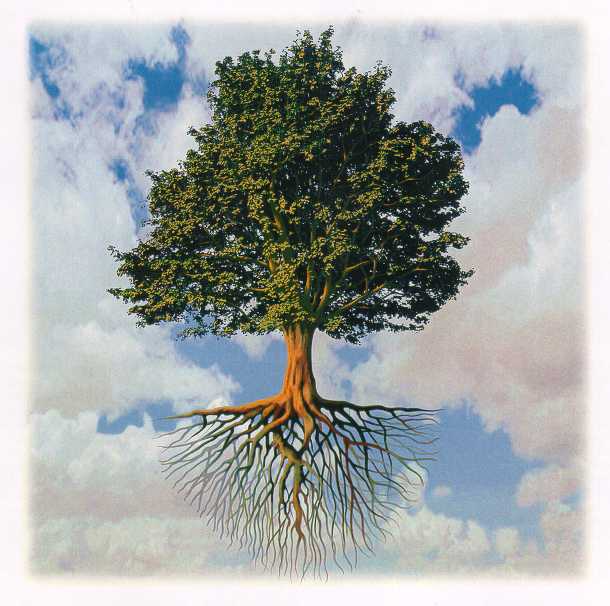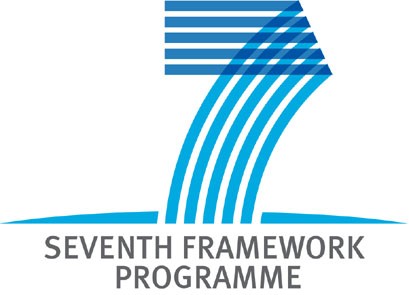Crowdmapping the waste piles
 The waste management crisis in Naples, Italy, is peaking again. About two thousands tons of waste lie in the streets, since landfills are overfilled and nobody knows where to put the mixed solid waste of a two-million people urban area. Waste piles are often set on fire, putting the citizens’ and the environment’s health at risk. It is an old problem, but the recent election of a new left-wing mayor (a former prosecutor attorney) has raised new hopes among the population. According to many reports from local media, the inhabitants are now actively participating to the cleaning of the streets with many initiatives being started. One of them, the crowdmapping of the most critical situations – mainly fires of uncollected waste and people’s protests – has been widely publicized through the media and it’s named “Emergenza Spazzatura” (i.e., Waste Emergency). Repubblica.it (a popular news website in Italy behind the project) has deployed the Ushahidi platform to collect and show information about illegal dumps, dirty streets and burning piles in collaboration with a citizen journalists collective, Valigia Blu. Actually, the idea is not entirely new – there are at least two other parallel projects, both dating back to 2010. The first one is a practical homework assigned at the journalism school of the Naples “Orientale” University; the second has been called “Rifiutiamoci” by its founder, Pietro Blu Giandonato. Both deployments are not in good shape, right now, and are receiving no contribution a few months after their launch.
The waste management crisis in Naples, Italy, is peaking again. About two thousands tons of waste lie in the streets, since landfills are overfilled and nobody knows where to put the mixed solid waste of a two-million people urban area. Waste piles are often set on fire, putting the citizens’ and the environment’s health at risk. It is an old problem, but the recent election of a new left-wing mayor (a former prosecutor attorney) has raised new hopes among the population. According to many reports from local media, the inhabitants are now actively participating to the cleaning of the streets with many initiatives being started. One of them, the crowdmapping of the most critical situations – mainly fires of uncollected waste and people’s protests – has been widely publicized through the media and it’s named “Emergenza Spazzatura” (i.e., Waste Emergency). Repubblica.it (a popular news website in Italy behind the project) has deployed the Ushahidi platform to collect and show information about illegal dumps, dirty streets and burning piles in collaboration with a citizen journalists collective, Valigia Blu. Actually, the idea is not entirely new – there are at least two other parallel projects, both dating back to 2010. The first one is a practical homework assigned at the journalism school of the Naples “Orientale” University; the second has been called “Rifiutiamoci” by its founder, Pietro Blu Giandonato. Both deployments are not in good shape, right now, and are receiving no contribution a few months after their launch.
Here is one of the main difficulties of citizen science: ICT tools not only facilitate the participation to other’s project (which is good), but also encourage the proliferation of projects monitoring the same phenomenon (which is not always good). Decentralization allows citizens to join research projects, but concentration is often needed to make some sense of the collected data. Successful citizen science projects result from a successful mix of these opposite forces. Will “Emergenza Spazzatura” be the right one?
One Response to Crowdmapping the waste piles
Leave a Reply Cancel reply
Events
- 16 Feb 12 - London - The Second London Citizen Cyberscience Summit
- 9 Jun 12 - Roma - SeGiochiFaiScienza
- 29 Oct 12 - Bologna - Smart City Exhibition
- 20 Mar 13 - Kassel - EveryAware Meeting - Kassel, 20-22th March 2013
Recent Comments
- Tania Hayes on Documentation for Air Ambassadors
- p.gravino on Air-quality
- latha bhaskaran on Air-quality
- alfred on Air-quality
- Jessica_P on EveryAware at CeBIT 2014
Tag Cloud
AirProbe International Challenge APIC Antwerp APIC Kassel APIC London APIC Turin awareness brussels CeBIT citizen science crowdsourcing crowdsourcing data validation environment EU events everyaware extreme citizen science fair Fukushima games geographical information geospatial information Germany Google Hannover health indignad@s internet internet and societies Marian Steinbach mobility muki haklay naples nuclear energy occupywallst openstreetmap opinion dynamics opinions paradiso participatory sensing press release publication publications radioactivity societies state of the map sustainability swiftriver UCL Uncategorized ushahidi waste webCategories








the main issues in any system asking people to contribute is to close the loop: making a map is nice , use the map is better. if people would have seen their contribution used by any institution to improve the current state, they will keep contributing. but as lots of participatory projects, relevant actors enabled to act/regulate the situation are not involved, so the loop is never closed, and the contribution – and the hope fades. (even if other incentive are possible)